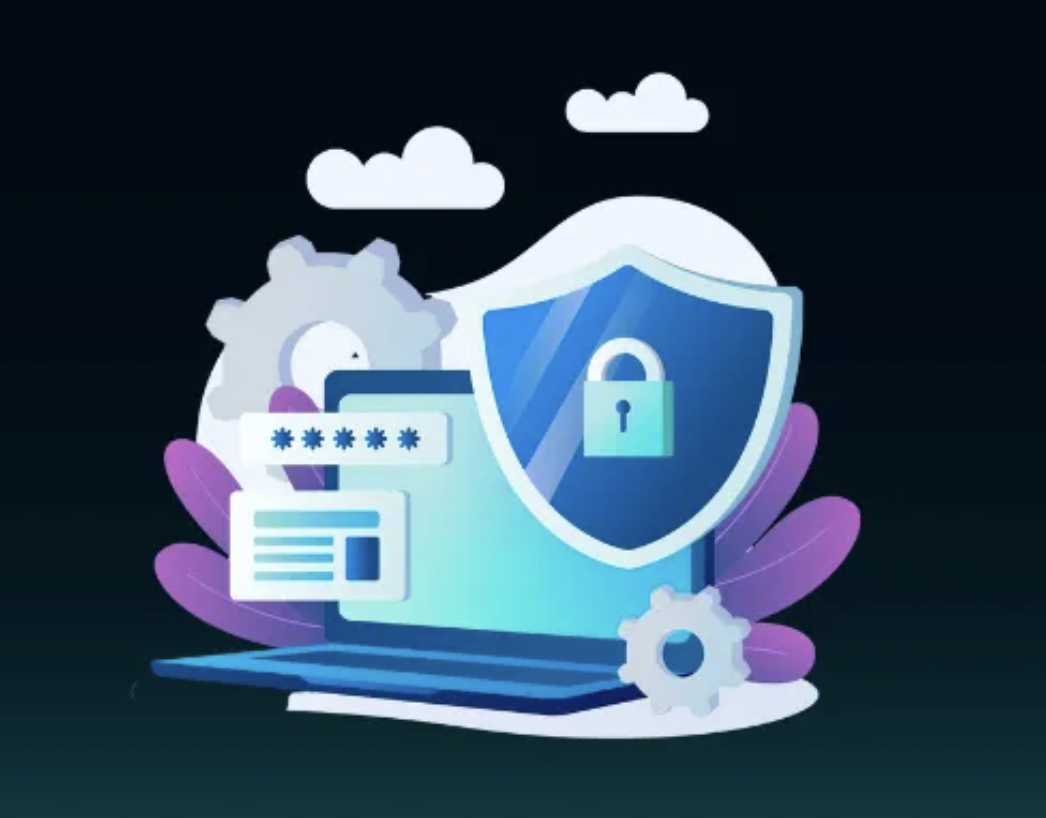The increasing use of remote access tools in Operational Technology (OT) environments is creating critical security vulnerabilities. From a Shield53 Cyber Defense perspective, this risk can be mitigated by adopting a layered, defense-in-depth strategy, which incorporates stringent firewall controls and application controls to limit the unauthorized installation and use of these tools. These steps help secure your environment from the significant risks posed by both internal and external threats.
The Threat Landscape: Remote Access Tools and APT Groups
Advanced Persistent Threat (APT) groups are increasingly leveraging remote access tools as part of their arsenal, using them to infiltrate and persist within critical infrastructures. Tools like TeamViewer and AnyDesk, while commonly used for legitimate purposes, have been targeted by sophisticated attackers to gain unauthorized access to OT environments. Once inside, threat actors can move laterally, exfiltrate sensitive data, or disrupt operations
The defense-in-depth approach recommended by Shield53 emphasizes building multiple layers of security that complement one another, ensuring that even if one control is bypassed, others remain effective in protecting the environment. Here’s how firewall and application controls can be employed to achieve this:
Firewall Controls: The First Layer of Defense
One of the most effective strategies to limit the risks posed by remote access tools is through proper firewall configuration:
-
Traffic Restriction: Implement rules to block unauthorized incoming and outgoing connections associated with known remote access tools.
-
Port Management: Close non-essential ports and only allow specific traffic that is necessary for operations. For example, remote access protocols like RDP (Remote Desktop Protocol) should be tightly controlled and monitored.
-
Network Segmentation: Firewalls can be configured to segment OT environments from IT networks, limiting lateral movement in case a remote access tool is compromised.
Application Controls: Limiting Tool Installation
Application control mechanisms serve as a second layer of defense:
-
Application Whitelisting: Ensure that only approved applications are allowed to be installed or executed within OT environments. This can prevent unauthorized remote access tools from being introduced by malicious actors.
-
Patch Management: Regularly update all allowed applications to ensure vulnerabilities are patched, particularly in tools like AnyDesk and TeamViewer, which have been targeted by APTs.
-
Real-time Monitoring: Leverage endpoint detection and response (EDR) tools to detect and alert on any unauthorized application installations or suspicious behavior from remote access software
Shield53’s Defense-in-Depth Approach
In addition to firewall and application controls, Shield53 advocates for a holistic security strategy that includes multiple layers of defense to mitigate the risks associated with remote access tools. By integrating network segmentation, multi-factor authentication (MFA), and continuous monitoring, organizations can reduce exposure to threat actors and limit the damage in case of a breach.
ATP Groups: Leveraging Remote Access Tools
Advanced Persistent Threat (APT) groups have demonstrated their ability to exploit remote access tools, using them as a backdoor into OT environments. By mimicking legitimate access, these groups often bypass weak or outdated defenses and can maintain long-term control without detection. The Targeted Security Operation offered by Shield53 identifies and neutralizes such threats early in their lifecycle through proactive threat hunting and incident response services, ensuring organizations stay ahead of evolving tactics.
Enhancing Security Posture with Shield53
With remote access tools becoming a common attack vector, it’s essential for organizations to adopt firewall and application control measures as part of a broader defense-in-depth strategy. Shield53’s approach combines firewall traffic filtering, whitelisting approved tools, and continuous threat intelligence monitoring, significantly lowering the risk of unauthorized access or exploitation by APT groups.
By building these layered defenses, organizations can better safeguard their OT environments, reduce the likelihood of a breach, and respond more effectively to any incidents that may arise.

